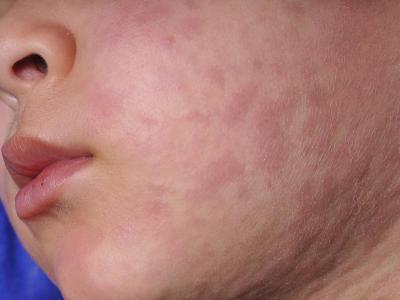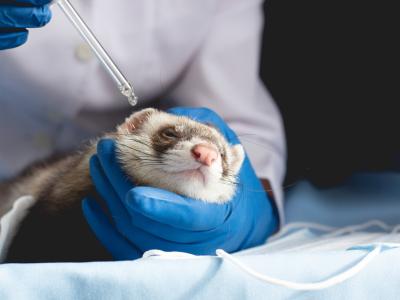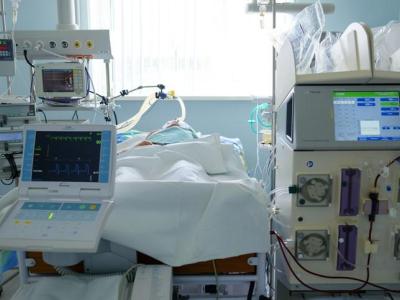H7N9 prime-boost vaccine strategy shows promise in early trial
As part of an ongoing effort to weigh different vaccine strategies against H7N9 avian influenza, researchers today reported results from a small clinical trial that showed promise for a prime-boost strategy.
A research team led by the National Institute of Allergy and Infectious Diseases (NIAID) reported the findings in the Journal of Infectious Diseases.
In a press release today, the NIAID said several H7N9 vaccines using inactivated viruses appear to be safe and able to generate an immune response. It added, however, that multiple doses or adjuvanted vaccine would be needed in practical use.
In the clinical trial published today, the live attenuated influenza virus (LAIV) inhaled primer vaccine was given first, followed 2 weeks later by an inactivated virus vaccine designed to prompt a more robust immune response. The study included 65 adults in two age groups: 18 to 49 and 50 to 70. The NIAID said the study is the first to test the LAIV in the older age-group, which is known to be at greater risk for severe H7N9 infection.
Volunteers received one or two doses of the LAIV vaccine produced by MedImmune, followed by a dose of inactivated H7N9 vaccine made by Sanofi. Serum antibody responses were detected in three volunteers. Strong serum responses were seen after the booster dose. Both vaccines were well tolerated.
The NIAID said it's not known if the LAIV vaccine alone would have been protective without the booster, but it added that studies on other LAIV candidates generated long-lasting immunity that is rapidly recalled with an inactivated vaccine dose.
Three days ago a research team from Russia and the World Health Organization reported promising phase 1 findings for a H7N9 LAIV candidate. Subjects in that study received two doses, and the vaccine was tested in 29 adults ages 18 to 49. There were 10 volunteers in the placebo group.
Dec 10 J Infect Dis abstract
Dec 10 NIAID press release
Dec 8 CIDRAP News scan "Phase 1 trial shows good safety, immune response for H7N9 vaccine"
In related developments, another H7N9 case was detected in China, but few details are available.
The illness was hinted at in a surveillance report for November released by China's National Health and Family Planning Commission, translated and posted today by FluTrackers, an infectious disease news message board. The case is the sixth in China's early part of its fourth wave of H7N9 illnesses and would boost the overall global total to 691, according to a case list kept by FluTrackers.
Dec 10 FluTrackers thread
FluTrackers H7N9 case list
France confirms 2 new avian flu outbreaks, 1 involving H5N9
France has reported two new outbreaks of highly pathogenic avian flu and a new affected district, bringing to 12 the number of recent outbreaks and to four the number of affected regions, Reuters reported today.
France's agriculture ministry said H5N2 has struck birds at an 8,300-duck farm in Gers region, which had not before experienced an outbreak. In addition, a strain never before seen in Europe—H5N9—caused its third outbreak in France, this time hitting a farm that houses more than 20,000 chickens, guinea fowl, and ducks in neighboring Landes region.
Seven of the 12 outbreaks have hit poultry in Dordogne, 3 in Landes, and 1 each in Haute-Vienne and Gers. All are in southwestern France. In addition to H5N2 and H5N9, the H5N1 strain has also caused poultry deaths and forced the culling of surviving birds.
France is Europe's largest agricultural producer, and the impact of the virus has come at a crucial time for the country's foie gras producers. Demand for the delicacy typically peaks during the year-end holiday season.
French officials have said that the strains detected so far have all been of European origin.
Dec 10 Reuters report









